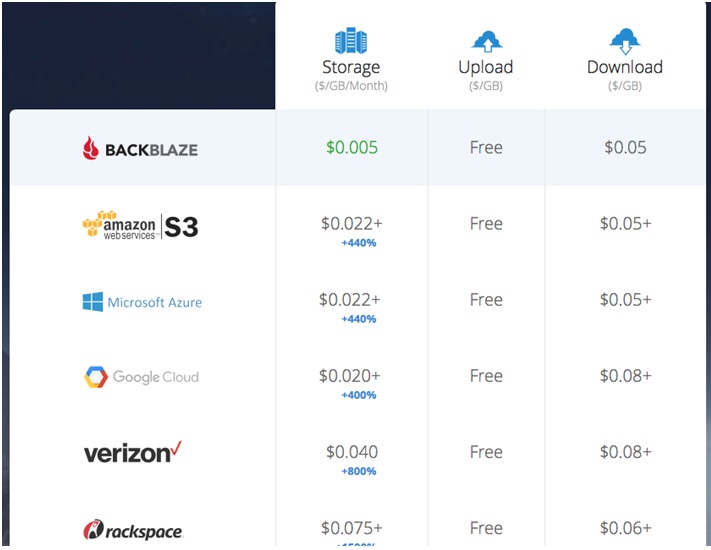COST WILL ULTIMATELY DRIVE INFRA CLOUD MIGRATION
October 21, 2015
 It is common wisdom that the main driver for organizations to move to cloud is speed, not cost. Speed to provisioning, the flexibility, ability to allow for bursts, IT agility, etc.
It is common wisdom that the main driver for organizations to move to cloud is speed, not cost. Speed to provisioning, the flexibility, ability to allow for bursts, IT agility, etc.
Despite the “need for speed”, cloud services remain hard to tap into for large corporations with huge legacy compute facilities. And why would they want to anyway? They already have scale in their own datacenters and they fear that the cloud may introduce bunches of security and compliance headaches they don’t need. I recently attended an event with many CIOs of banks, insurance companies and other large organizations.
more–>
They all told me that their “internal” prices were lower than what cloud would provide, unless they had workloads that they could turn on and off and take advantage of the minute by minute accounting of the cloud. Since most of their workloads are 24×7 this does not really apply to them other than perhaps in development and test situations.
But have they really checked the pricing lately?
The cloud is maturing. Prices are falling. The competitive landscape is expanding (for those of you that still think the cloud is Azure or AWS). It has now become ridiculously easy to commission compute and storage from a myriad of providers. Here’s an example of a French company (www.scaleway.com) where I recently commissioned a physical bare metal server in order to run a simple tool. It goes without saying that it was a fully automated experience. Up and running in less than a minute and billed by the minute at .006 euro cents. And of course 99.9% uptime SLA, plus support: Here’s my invoice for September:
Here’s my invoice for September:
 For comparison, see below Azure pricing for virtual compute power. Arguably, few organizations pay list price, but it starts to look “expensive” at 10 to 20 times the price of an arguably better physical box!
For comparison, see below Azure pricing for virtual compute power. Arguably, few organizations pay list price, but it starts to look “expensive” at 10 to 20 times the price of an arguably better physical box!
Cloud storage is getting very affordable as well:
Given the free-fall of prices for storage and compute, it is clear that it will be very difficult to compete with dedicated cloud providers not only as an internal IT department, but also as a full service provider that seeks to provide cloud services out of their own datacenters.
Our internal data centers think they are price competitive with simple compute of $70/month and storage for $150/month/terabyte. So let’s use this as a benchmark for a cost-competitive stance for an internal organization and apply some simple math:
Let’s say you are a mid-size organization with 5,000 simple servers equivalent compute and 2 petabyte of storage needs. Assuming you run a very efficient shop and your internal cost are half of what our datacenter cost are: $35/month/server and $75/terabyte/month. That equates to $2.1M for compute (35*5000*12) and $1.8M for storage (75*2000*12) per year. You can get this same stuff for 300K (5*5000*12) for compute and 120K (5*2000*12) respectively if you move aggressively realizing almost 90% savings!!
These calculations are aggressive and of course there are lots of other factors to consider. Nevertheless, 50% or more savings is not something any CTO can ignore.
So, I predict that we will see that cloud movement will be driven primarily by cost, getting the speed advantages in the process.

 English | EN
English | EN 

